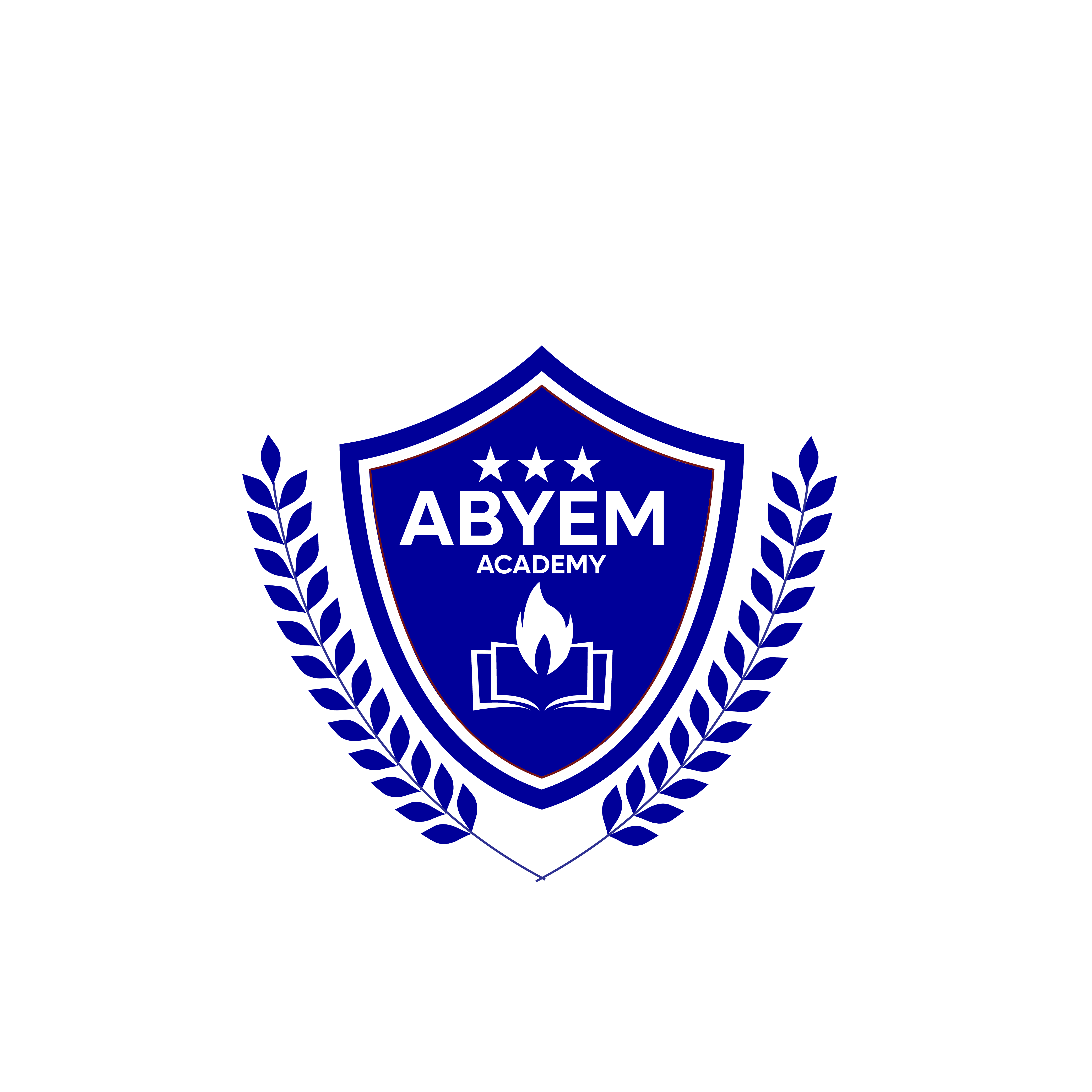
As we navigate the 21st century, the landscape of education is rapidly evolving. Traditional teaching methods are being augmented and, in some cases, replaced by innovative approaches that leverage technology to enhance learning experiences. This transformation is not just a trend but a fundamental shift in how we perceive and deliver education. Here’s a look at how innovation and technology are shaping the future of education.
1. Personalized Learning Experiences One of the most significant benefits of technology in education is the ability to provide personalized learning experiences. Adaptive learning platforms use data analytics to assess a student’s strengths and weaknesses, tailoring lessons to meet their individual needs. This approach ensures that students can learn at their own pace, receive targeted support, and engage with material in a way that suits their learning style.
2. Increased Access to Education Technology has broken down geographical barriers, making education accessible to students around the world. Online courses, virtual classrooms, and educational apps provide opportunities for lifelong learning, regardless of location. This democratization of education allows students from diverse backgrounds to gain knowledge and skills that were previously out of reach.
3. Enhanced Engagement and Interactivity Interactive technologies, such as augmented reality (AR) and virtual reality (VR), are revolutionizing the way students engage with content. These tools bring subjects to life, offering immersive experiences that enhance understanding and retention. For example, students can explore historical sites, conduct virtual science experiments, or interact with 3D models, making learning more engaging and impactful.
4. Collaborative Learning Environments Technology fosters collaboration among students and educators, even when they are not physically together. Digital platforms facilitate group projects, discussions, and peer-to-peer learning, promoting a collaborative culture. Tools like shared documents, video conferencing, and online forums enable students to work together seamlessly, building teamwork and communication skills essential for the modern workplace.
5. Preparing Students for the Future Workforce The integration of technology in education is essential for preparing students for the future workforce. As industries continue to evolve, digital literacy and technological proficiency are becoming increasingly important. By incorporating coding, robotics, and other tech-based subjects into the curriculum, schools equip students with the skills needed to thrive in a tech-driven economy.
6. Data-Driven Insights Educators can leverage data analytics to gain insights into student performance and learning outcomes. By analyzing data from various sources, teachers can identify trends, track progress, and make informed decisions to improve instruction. This data-driven approach ensures that teaching strategies are effective and aligned with students’ needs.
7. Flexible Learning Opportunities The traditional classroom model is evolving to accommodate different learning preferences and lifestyles. Blended learning, which combines online and in-person instruction, offers flexibility for students to learn in ways that best suit them. This model supports a more balanced approach to education, accommodating diverse schedules and learning paces.
Conclusion The future of education is bright, with innovation and technology at its core. By embracing these advancements, we can create more personalized, accessible, engaging, and effective learning experiences for students worldwide. As educators, students, and policymakers, it is our collective responsibility to harness the potential of technology to transform education and prepare the next generation for the challenges and opportunities of tomorrow.



Leave a Reply